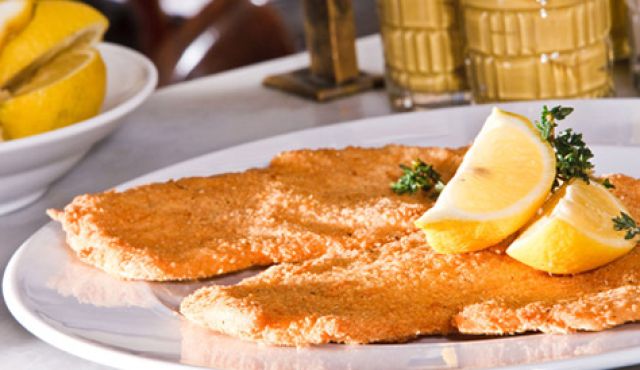Rule 1
Allocate your budget accordingly. If you have given yourself a limit of $60 dollars to spend per month on dining, you have to determine how to best allocate your resources. You could spend $60 dollars on one meal at a great restaurant, you could spend $30 dollars for two mediocre meals at a chain diner, you could spend 10$ dollars for 6 sandwiches at Subway.
The relationship between money spent and enjoyment of food is not linear. If you are trying to eat the best food possible, that means concentrating your budget on higher quality restaurants. Eating two subpar meals at familiar restaurants will not give you the same feeling or memory as eating one incredible meal. Every time you order from Moxie’s or McDonalds, you are taking away from your ability to experience those amazing meals you savour.
Rule 2
Research. We live in an amazing era where there is an overwhelming amount of information about everything. With a simple Google search, you can find access to 100’s of dedicated foodies reviewing and ranking all of the restaurants in your vicinity. Do not rely on what is near your house or what your friends talk about, find out what the consensus picks among people who care enough about food to write reviews on the internet. If you are going to eat, you might as well be eating at the best restaurant in your price range. This will also help you to discover that there are many great restaurants that are inexpensive and informal.
Rule 3
Stick to the main course. Restaurants sell you food just so they can sell you overpriced drinks. Really though, drinks (especially alcoholic ones) are where restaurants make most of their profit, and are by far the product with the highest mark-up. What is more striking than the idea of buying a bottle of Coke for 10 dollars is that you are wasting money buying the exact same product you could have at any other time. A general rule is that you should probably avoid ordering dishes at restaurants that you could consume at home of the same quality.
My favourite dish at a Toronto restaurant is the Bucatini All’amatriciana at Enoteca Sociale. The dish alone costs $13. A meal at Enoteca Sociale with a beer and an appetizer costs over $40. If a meal at Kelseys costs $40 dollars with an appetizer and a beer, think of what else it could buy you at a higher calibre restaurant. Some restaurants have appetizers that provide good value. Unfortunately, many appetizers also suffer from a large mark-up. Appetizers are largely created with cheap ingredients and many restaurants feel uncomfortable with the idea of having their appetizers at such a low price compared to their main dishes.
Rule 4
Eat as early as possible. If the restaurant you are dying to try serves lunch, they will often offer it at a cheaper price than they do for dinner. If you are going for the dinner menu, an earlier time is still preferable. A less busy restaurant offers you a greater portion of the staff’s attention. Eating early ensures that no ingredients have run out, no issues have arisen and all of the cooks are still focussed on perfecting your meal.
Rule 5
Be wary of cool restaurants. Rank down restaurants in optimal locations. The more expensive a restaurant’s rent is, the more expensive their prices have to be. The busier an area surrounding a restaurant is, the more likely people will go there for reasons other than their food. Restaurants that have a schtick, an inflated popularity or a focus on anything other than eating is probably worth skipping over.
Rule 6
View dining through the lens of recreation, not food. Most people view eating as a necessity; how can we satisfy our quenches and cravings for the cheapest price possible? Meanwhile, people are happy to spend 100’s of dollars going to sporting events, attending concerts and drinking in bars. Eating at great restaurants occupies you for large amounts of time while you are actually sitting in the restaurant, but more importantly, it also fulfills you, makes you happy and provides you with great memories in the same way that any other recreational event would.
I understand that many people do not care about food. I understand that many people go to restaurants primarily for social reasons, or because they have no food at home and are starving. There is nothing wrong with any of these things. This is just a guide for people who place a premium on great meals and are on a budget.
This article is a homage to my favourite economist, Tyler Cowen and his article, the Six Rules for Dining Out which can be found here: http://www.theatlantic.com/magazine/archive/2012/05/six-rules-for-dining-out/308929/
